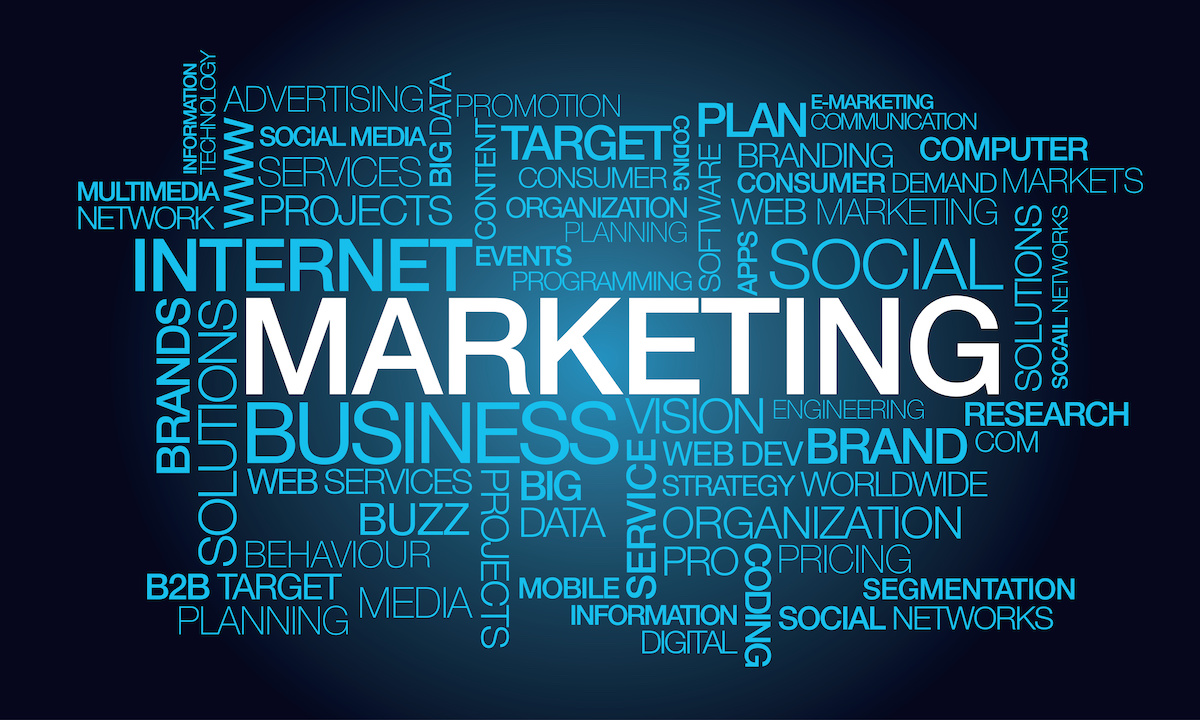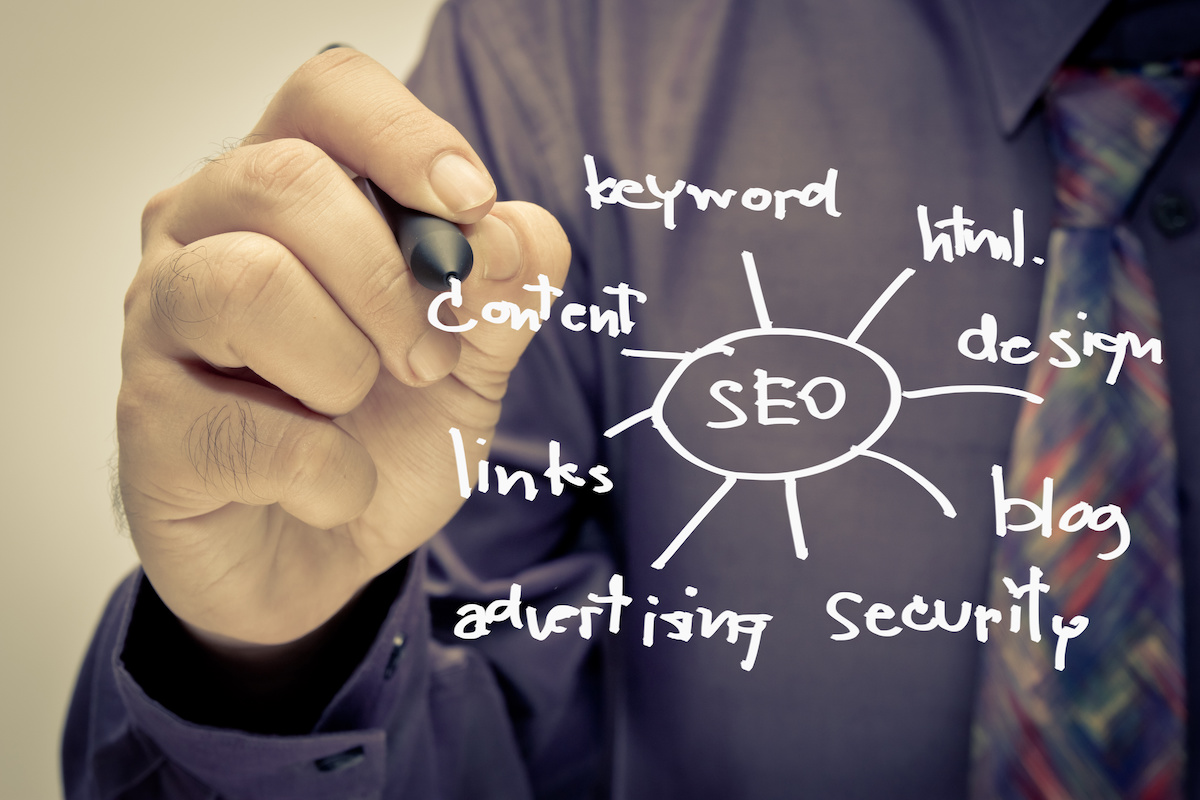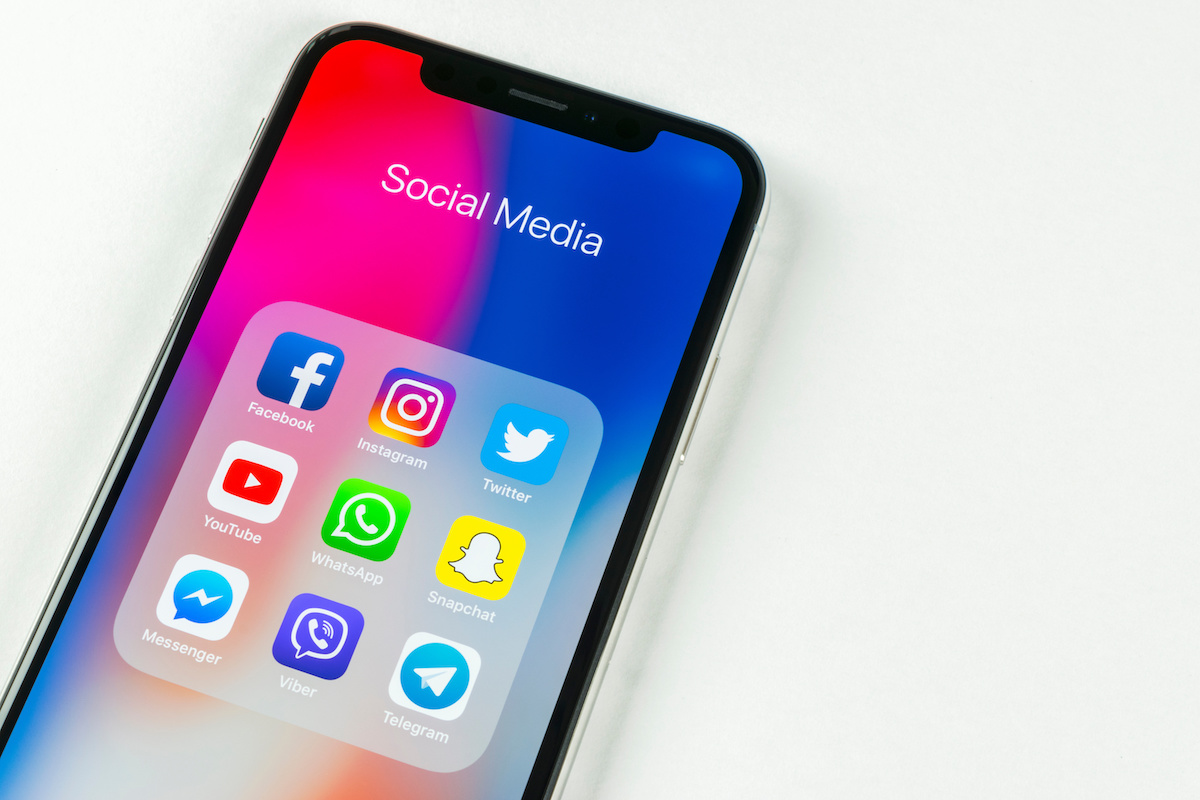
50 Marketing Terms Every Marketing Professional Knows
Marketing is an ever-changing field. Just when you think you have a handle on the latest trends, new terminology emerges and suddenly you feel like a novice all over again. Whether you’re new to the field or a seasoned pro, brush up on your marketing knowledge with this list of 50 essential terms every marketing professional should know.
1. A/B Testing – A/B testing is a method of comparing two versions of a piece of content or message (Version A and Version B) to see which performs better with your target audience.
2. Advertising – Advertising is any paid form of marketing communication, typically through television, radio, print, or digital media channels, designed to promote or sell a product, service, or idea.
3. Algorithm – An algorithm is a set of mathematical rules or processes used in calculations or problem-solving operations. In marketing, algorithms are used in search engine optimization (SEO) to determine the ranking of websites on search results pages (SERPs).
4. Anchor Text – Anchor text is the visible text on a webpage that is hyperlinked to another page or URL. In SEO, anchor text is used as a ranking signal by search engines to determine the relevance of a webpage to a specific search query.
5. Blog – A blog is an online journal or informational website displaying information in reverse chronological order (the most recent post appears first). Posts are typically displayed in a list format and can be made up of text, images, videos, or audio files.
6. Brand – A brand is the name, term, design, symbol, or other feature that identifies one seller’s goods or services and differentiates them from those of other sellers.
7. Brand Awareness – Brand awareness is the degree to which consumers are able to recognize or recall a brand under different conditions and across different contexts.
8. Call-to-Action (CTA) – A call-to-action is an instruction encouraging an immediate response from the reader, viewer, or listener of marketing communications such as an ad campaign or commercial spot. Common CTAs include “click here,” “download now,” “find out more,” “like us on Facebook,” “follow us on Twitter,” etc.
9. Campaign – A campaign is defined as a series of steps undertaken to achieve the desired goal within an intended timeframe and budget limit. In marketing, campaigns are often used interchangeably with the term “ad campaign” to refer to planned advertising efforts such as TV commercials, print ads, digital ads (e.g., banner ads), etc., designed to promote awareness and sales of products and services offered by businesses and organizations.
10. Clickbait – Clickbait refers to headlines that are designed specifically to entice readers into clicking through to an article without providing any real information about what they will find when they get there (“You’ll never believe what happened next!”). Clickbait headlines are often inaccurate or misleading and can frustrate readers who feel they have been duped into clicking through for no reason.
11. Conversion – Conversion is a goal-oriented action taken by a website visitor, such as making a purchase, subscribing to a newsletter, filling out a contact form, downloading a white paper, etc.
12. Conversion Rate – The conversion rate is the percentage of visitors to a website who take the desired goal-oriented action (conversion) within a given timeframe.
13. Cost per Acquisition (CPA) – Cost per acquisition, also known as cost-per-action or pay-per-acquisition (PPA), is a marketing metric used to determine the cost of converting a website visitor into a paying customer.
14. Cost per Click (CPC) – Cost per click, also known as pay-per-click (PPC), is a marketing metric used to determine how much it costs to generate a click on an ad or other digital marketing communications tool.
15. Customer – A customer is an individual or organization that purchases goods or services from a business or vendor. In marketing, businesses often segment their customers by various criteria (e.g., demographics, purchasing power, location, etc.) in order to better target their marketing efforts.
16. Customer Acquisition – Customer acquisition is the process of attracting and converting new customers for a business. In digital marketing, customer acquisition typically happens through online channels such as search engine optimization (SEO), pay-per-click (PPC) advertising, social media marketing, etc.
17. Customer Lifetime Value (CLV) – Customer lifetime value is a metric that represents the total value of a customer relationship over the course of time. In other words, it’s the predicted revenue that a business can generate from a single customer relationship between the time that customer is acquired and the time that customer is lost (i.e., churns).
18. Customer Relationship Management (CRM) – Customer relationship management, also known as CRM, is a business strategy and associated software solutions designed to manage customer data and interactions throughout the customer lifecycle.
19. Customer Retention – Customer retention is the process of keeping existing customers satisfied and engaged with a product, service, or brand. In digital marketing, customer retention strategies often focus on providing a personalized experience, delivering relevant content and offers, and making it easy for customers to do business with the company (e.g., through self-service options).
20. Database Marketing – Database marketing is a type of direct marketing that uses customer data (collected from past transactions and other sources) to create targeted marketing communications. Database marketing can be used to improve customer acquisition, customer retention, and cross-selling/upselling efforts.
21. Demand Generation – Demand generation is the process of creating interest in a product or service with the goal of generating sales leads or customers. In digital marketing, demand generation typically happens through inbound marketing efforts such as search engine optimization (SEO), content marketing, social media marketing, etc.
22. Demographics – Demographics are characteristics of a population that can be used for segmentation purposes, such as age, gender, income level, education level, etc. Marketers often use demographic data to target their advertising and other marketing efforts at specific groups of people who are more likely to be interested in their products or services.
23. Direct Mail – Direct mail is a type of direct marketing that involves sending physical communications (e.g., letters, postcards, brochures) to customers or prospects. In the digital age, direct mail is often used in combination with other channels such as email or social media.
24. Discounts and Promotions – Discounts and promotions are pricing strategies that businesses use to entice customers to make a purchase. Common types of discounts include coupons, rebates, and sale prices. Promotions can take many different forms, such as contests, sweepstakes, and free shipping offers.
25. Display Advertising – Display advertising is a type of online advertising that comes in many different forms, including banner ads, rich media ads, video ads, and more. Display advertising is typically used to raise awareness of a product or service, generate leads, or drive sales.
26. E-commerce – E-commerce, also known as online shopping, is the buying and selling of goods and services over the internet. E-commerce businesses can be either B2B or B2C in nature.
27. Engagement – Engagement is a measure of how engaged customers are with a product, service, brand, or company. In digital marketing, engagement often refers to things like time spent on the site, pages per visit, email opens and clicks, social media interactions, etc.
28. Event Marketing – Event marketing is a type of marketing that involves creating and/or sponsoring events such as trade shows, conferences, webinars, etc. Event marketing can be used to generate leads, build brand awareness, or drive sales.
29. Experiential Marketing – Experiential marketing is a type of marketing that focuses on creating memorable experiences for customers (and potential customers) to drive business results. Experiential marketing campaigns often include elements like product demonstrations, interactive displays, and more.
30. Facebook Ads – Facebook ads are a type of online advertising that businesses can use to promote their products or services on the world’s largest social network. Facebook ads come in many different forms, including text ads, image ads, video ads, and more.
31. Field Marketing – Field marketing is a type of marketing that involves face-to-face interactions with potential customers (often in public places like trade shows or festivals) with the goal of generating leads or sales.
32. Geotargeting – Geotargeting is a type of targeting that allows businesses to target their advertising and other marketing efforts at specific geographic locations. Geotargeting can be used to target ads to people in a specific city, state, country, or even zip code.
33. Growth Hacking – Growth hacking is a process of rapidly experimenting with different marketing strategies and tactics with the goal of finding the most efficient way to grow a business. Growth hacking often makes use of data and technology to scale marketing efforts quickly and efficiently.
34. Guerilla Marketing – Guerilla marketing is a type of marketing that uses unconventional, low-cost tactics to generate maximum exposure for a product or service. Common guerilla marketing tactics include street teams, flash mobs, and other types of ambush marketing.
35. Inbound Marketing – Inbound marketing is a type of marketing that focuses on creating valuable content and experiences for customers (and potential customers) with the goal of driving business results. Inbound marketing campaigns often include elements like blog posts, ebooks, webinars, and more.
36. Influencer Marketing – Influencer marketing is a type of marketing that involves partnering with influential people in your industry to promote your product or service. Influencer marketing can be used to build brand awareness, generate leads, or drive sales.
37. Instagram Ads – Instagram ads are a type of online advertising that businesses can use to promote their products or services on the world’s largest photo-sharing social network. Instagram ads come in many different forms, including image ads, video ads, and carousel ads.
38. Interactive Content – Interactive content is a type of content that allows users to interact with it in some way. Common examples of interactive content include quizzes, polls, calculators, and more. Interactive content is often used to generate leads or drive sales.
39. Jargon – Jargon is a type of language that is specific to a particular industry, profession, or country. Jargon can be difficult for people outside of the relevant industry, profession, or country to understand.
40. KPI – A KPI is a key performance indicator. KPIs are metrics that businesses use to measure their progress towards specific objectives.
41. Landing Page – A landing page is a web page that is designed to convert visitors into leads or customers. A typical landing page includes elements like a headline, form, call-to-action (CTA), and more.
42. Lead – A lead is a person who has expressed interest in your product or service. Lead generation is the process of generating leads for your business.
43. Lead Generation – Lead generation is the process of generating leads for your business. Lead generation can be done through a variety of marketing activities, including content marketing, social media marketing, search engine marketing (SEM), and more.
44. LinkedIn Ads – LinkedIn ads are a type of online advertising that businesses can use to promote their products or services on the world’s largest professional social network. LinkedIn ads come in many different forms, including text ads, image ads, and sponsored InMail messages.
45. Local SEO – Local SEO is a type of SEO that focuses on optimizing websites for local search results. Local SEO often includes tactics like claiming and optimizing local listings, building citations, and creating locally relevant content.
46. Long-Tail Keywords – Long-tail keywords are a type of keyword that is very specific and usually has low search volume. Long-tail keywords are often used by businesses to target niche audiences.
47. Marketing Automation – Marketing automation is a type of software that automates marketing tasks and workflows. Common features of marketing automation software include email marketing, lead management, and social media management.
48. Market Research – Market research is the process of collecting data about a particular market or customer base. Market research can be used to understand customer needs and desires, as well as to identify opportunities for business growth.
49. Maslow’s Hierarchy of Needs – Maslow’s hierarchy of needs is a theory in psychology that suggests that humans have certain types of needs, and that these needs must be met to reach our full potential. Maslow’s hierarchy of needs is often represented as a pyramid, with the most basic needs at the bottom and the more complex needs at the top.
50. Micro-Moments – Micro-moments are brief moments when people turn to their devices to accomplish a specific task or intent. Google has identified four main types of micro-moments: I-want-to-know moments, I-want-to-go moments, I-want-to-do moments, and I-want-to-buy moments.
There you have it! A list of 50 different marketing terms and concepts that you should know. By understanding these terms, you will be better equipped to navigate the world of marketing. As you can see, memorizing these 50 essential terms isn’t going to be enough to make you successful in today’s competitive marketing landscape. By staying current on industry trends and continuing to learn and grow, you must continue growing alongside the industry. What other essential marketing terms would you add to this list?



